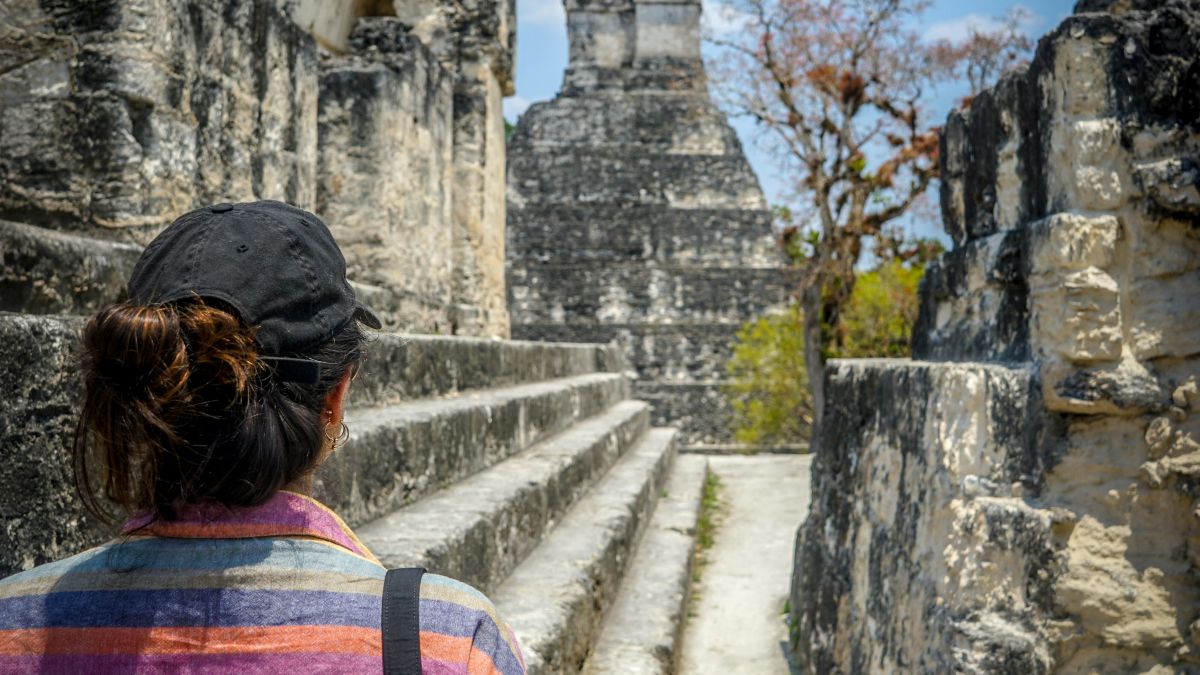A look at how cryptocurrency adoption in Central America is addressing key financial challenges, from reducing remittance costs to increasing banking access. Learn how digital currencies are creating new opportunities in a region where traditional financial services often fall short.
Central America presents an interesting case study in cryptocurrency adoption. Although El Salvador’s 2021 Bitcoin law made global headlines and community projects like Bitcoin Beach have drawn attention, most people in the region still rely entirely on traditional currency. But the conditions that make cryptocurrency particularly relevant here – including limited banking access and high remittance costs – remain significant challenges that digital currencies might help address.
This article looks at these fundamental economic conditions and how digital currencies could serve practical purposes beyond speculation or investment in the region.
Remittances: Central America’s Lifeline
Remittances are payments sent by people working abroad to family members in their home countries. In Central America, these transfers have become a crucial economic pillar, with remittances representing more than a quarter of Honduras’ entire GDP – a figure that demonstrates just how vital these payments are to the region. In 2023 alone, some $42 billion flowed into El Salvador, Guatemala, Honduras, and Nicaragua, primarily from an estimated 10 million Central Americans living and working in the United States.
For many households, these regular payments make the difference between poverty and a stable living standard. Families use this money for basic needs like food, healthcare, and education, while some invest in small businesses or property improvements.
The traditional remittance system relies heavily on money transfer companies (think Western Union, MoneyGram, etc.), which handle nearly 58% of transfers, while banks process about 38%. These services charge substantial fees – typically 5-12% of the transfer amount – and often require recipients to travel to physical locations during business hours to collect their money. This can be particularly challenging for people in rural areas, who might need to spend significant time and money just to access their transfers.
Cryptocurrency transforms this system by allowing near-instant transfers at a fraction of the traditional cost. Digital currencies can move across borders without intermediaries, potentially reducing fees to less than 1% while allowing recipients to access funds immediately through their mobile phones. El Salvador’s experiment with Bitcoin as legal tender has demonstrated both the potential and challenges of this approach. While crypto remittances currently account for just 1% of transfers to El Salvador, the country continues to innovate with blockchain-based financial technologies, building infrastructure that could make digital transfers more accessible and user-friendly.
🇸🇻 The Central Reserve Bank of El Salvador reports that cryptocurrency usage for remittances remains marginal, accounting for just 1% of total volumes. From January to August, crypto remittances grew to 1%, but traditional banks received 38.3% and remittance companies nearly 58%.…
— Bitcoin.com News (@BTCTN) December 24, 2024
Financial Inclusion in Central America
Access to basic financial services remains a challenge across Central America and the wider LatAm region. While the percentage of Latin Americans with bank accounts has increased greatly, millions still lack access to traditional banking services. This gap is particularly pronounced in rural areas and among low-income communities, where physical bank branches are scarce and traditional financial requirements often exclude potential customers.
The challenges extend beyond just having a bank account. Many Central Americans struggle to access basic financial services like savings accounts, loans, or secure payment methods. In Guatemala, for instance, only 6% of adults own a credit card, and just 2% use online banking. These limitations affect everything from daily commerce to business development, particularly impacting small entrepreneurs and rural communities.
Cryptocurrency technology offers potential solutions to some of these barriers. Digital wallets require only a mobile phone with internet access, eliminating the need for physical bank branches or extensive documentation. This technology could particularly benefit rural communities where traditional banking infrastructure is limited. However, while digital solutions show promise, challenges remain – including the need for reliable internet infrastructure and questions about technological literacy.
Economic Opportunity Through Innovation
Central America’s fintech sector is experiencing remarkable growth, with the number of financial technology companies increasing by 25% between 2022 and 2023. This expansion has created a dynamic environment where both established companies and startups are finding opportunities to innovate, particularly in countries like Costa Rica and Panama where strong technological infrastructure already exists.
The success of community projects like Bitcoin Beach in El Salvador has demonstrated the region’s potential for blockchain-based innovation. While Bitcoin leads adoption in the region, the growing interest in Ethereum’s smart contracts and DeFi applications has also influenced ethereum prediction models positively. These initiatives have created practical models for cryptocurrency adoption while attracting international attention and investment. Their achievements have inspired similar projects throughout Central America, particularly in areas where traditional financial services are limited.
Entrepreneurs and businesses can find opportunities in payment processing, remittance services, and digital banking solutions for underserved communities. The combination of growing internet access, increasing smartphone adoption, and supportive regulatory environments in several countries suggests that Central America’s fintech revolution is just beginning.
From El Zonte to Victoria Falls: How Bitcoin is Changing Lives Around the World | Adam Cowperthwait
I sit down with @Cowpertweets, a passionate Bitcoiner who's on a mission to spread #Bitcoin adoption in unique and underserved communities. Adam shares the story of how his visit… pic.twitter.com/rkS1H0DXhs
— Bitcoin Beach (@Bitcoinbeach) December 14, 2024
The Path Ahead
Central America is a place where traditional financial challenges meet technological innovation. The region’s specific circumstances – high remittance flows, limited banking access, and growing internet connectivity – create natural opportunities for cryptocurrency and blockchain solutions.
Success will depend on balancing innovation with practical implementation. Countries like Panama and Costa Rica are already developing frameworks to support financial technology growth, while grassroots projects continue to demonstrate how digital currencies can serve local communities. The technological foundation exists – now it’s a matter of building the right solutions to meet the region’s unique needs.



